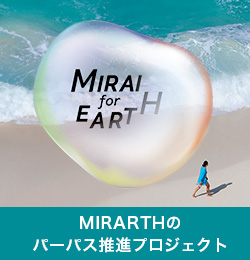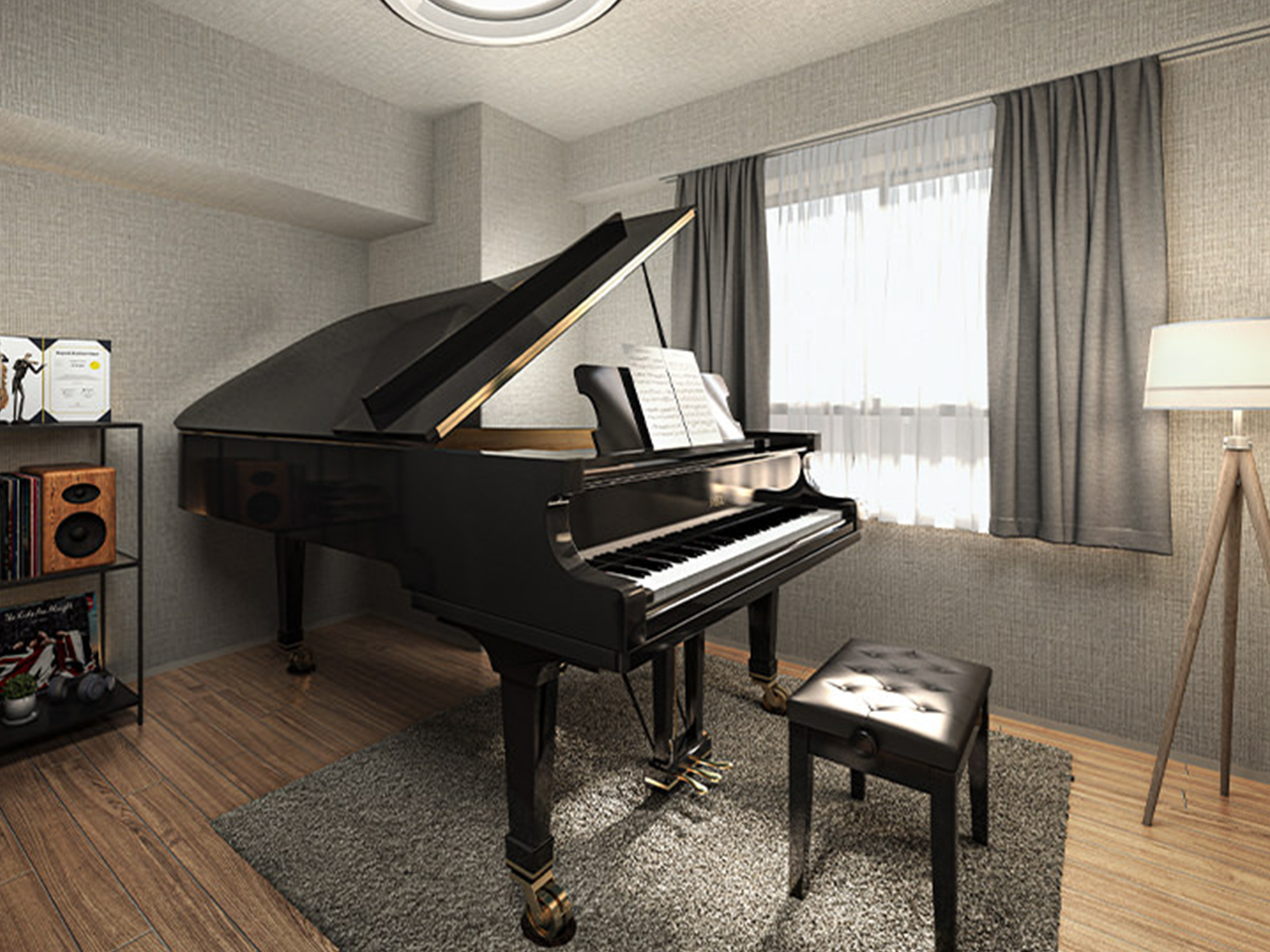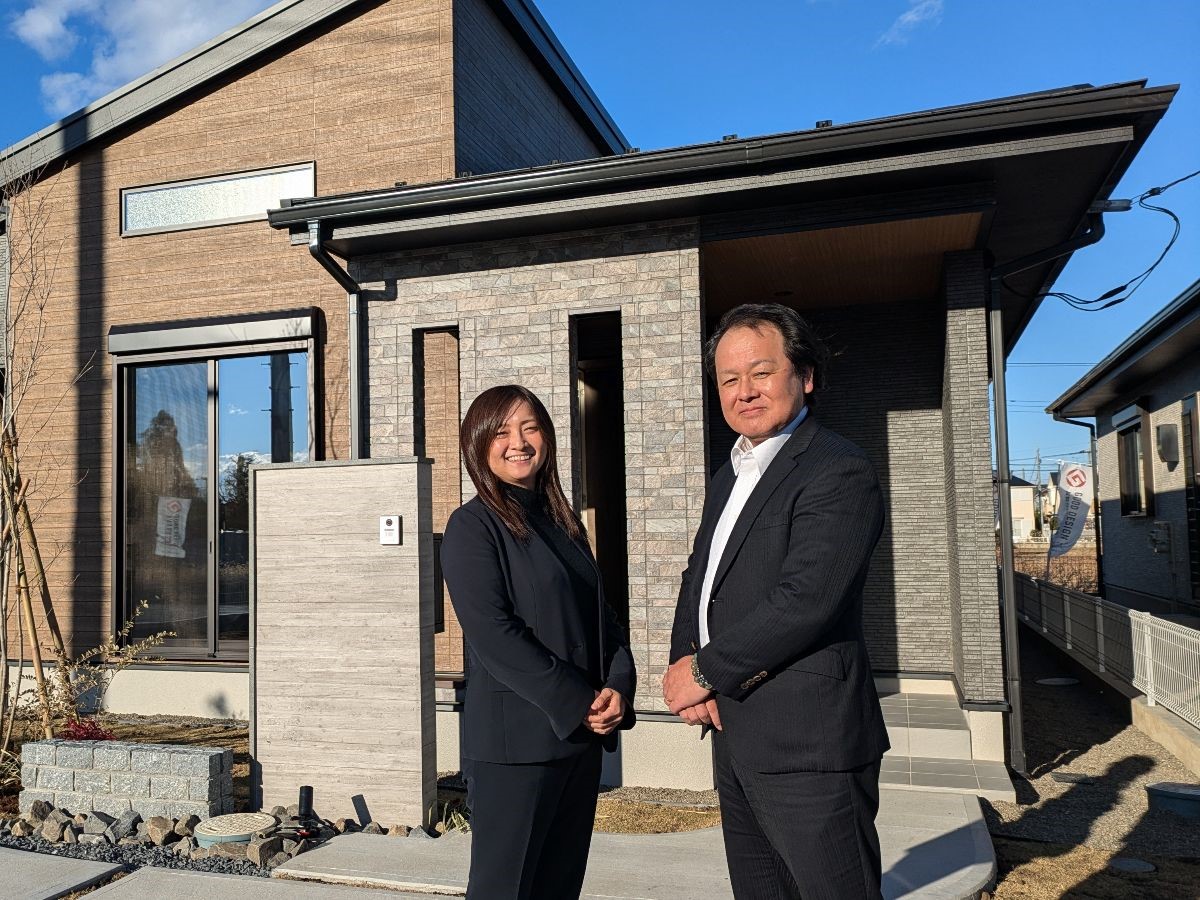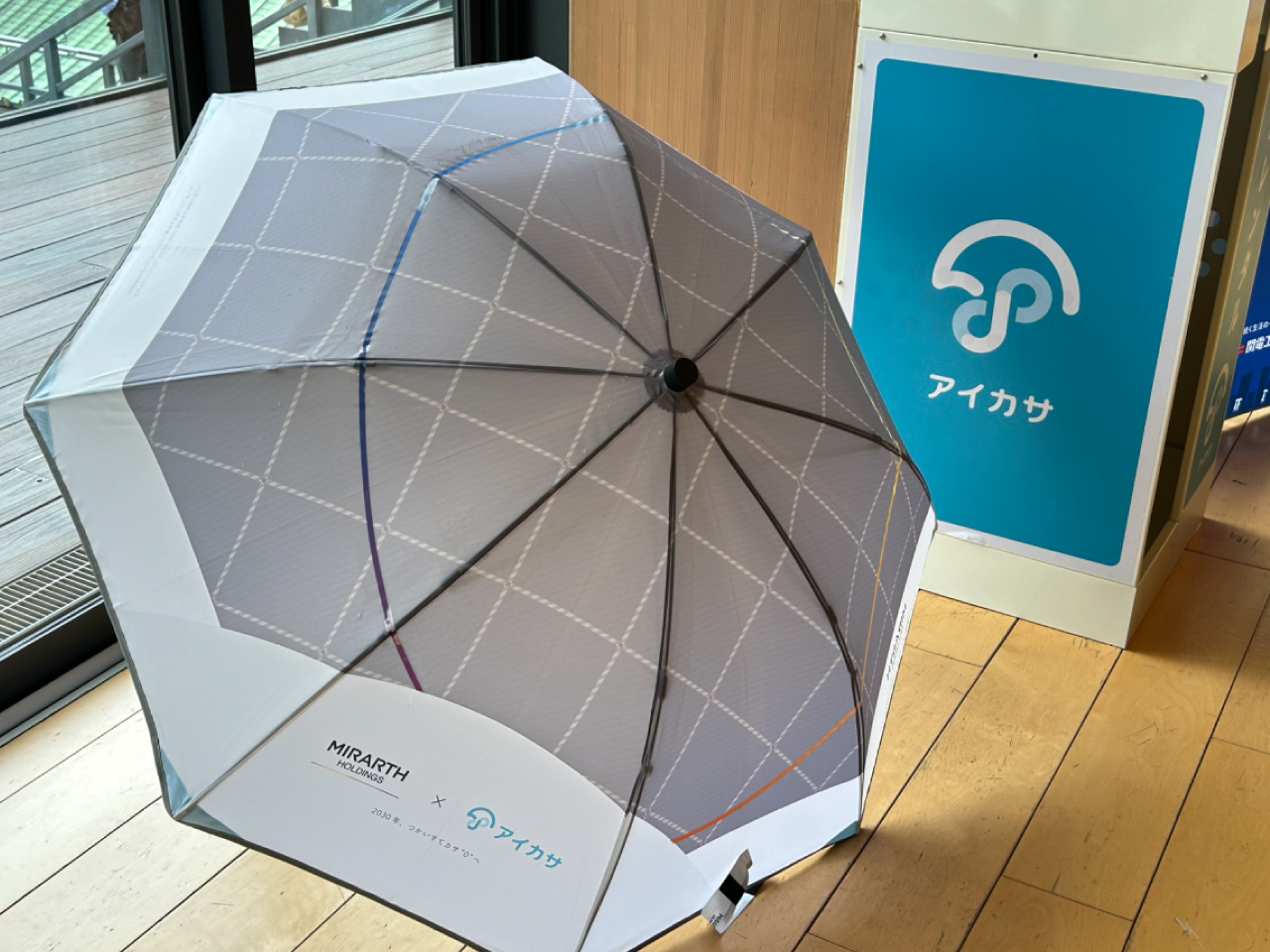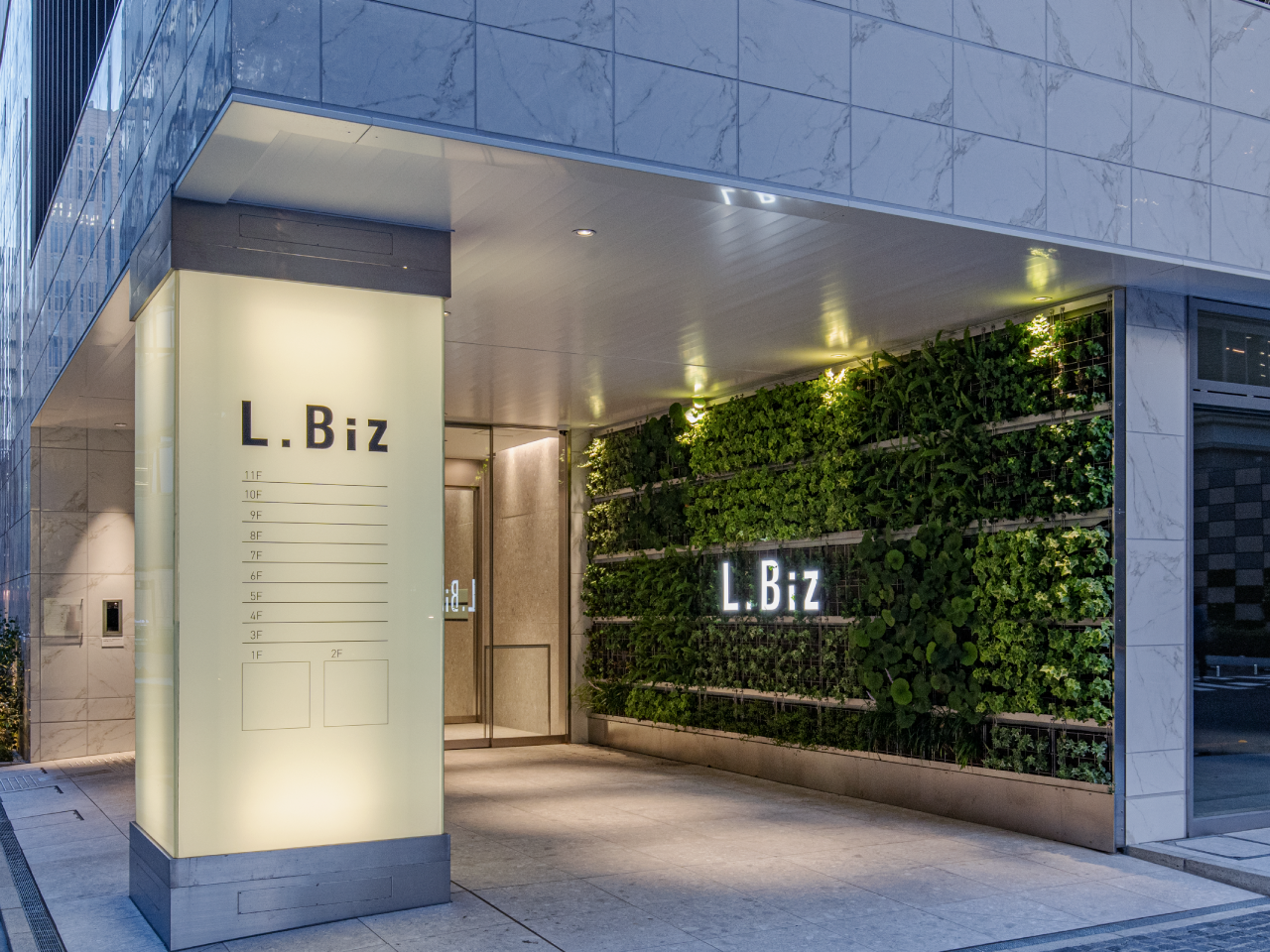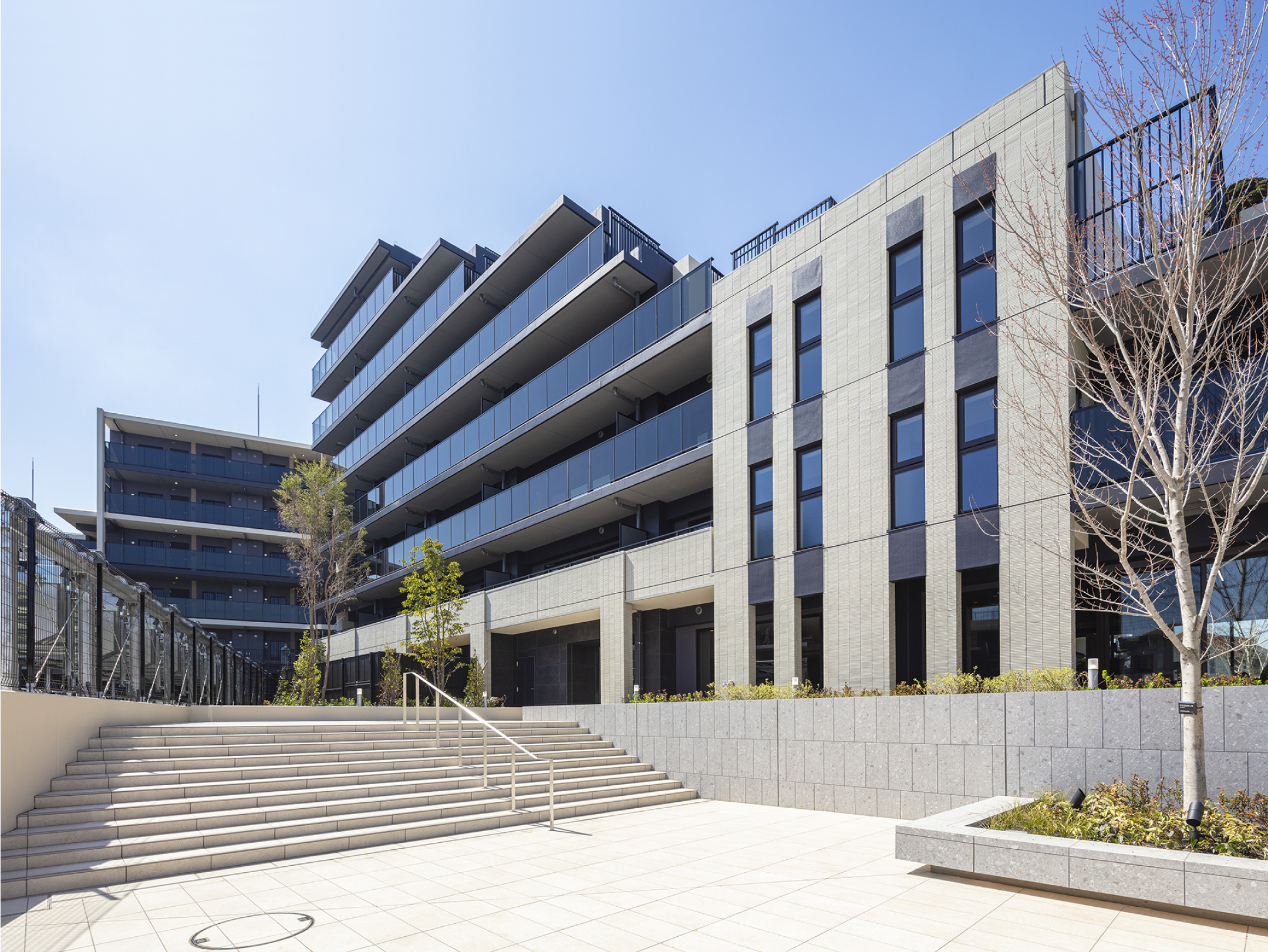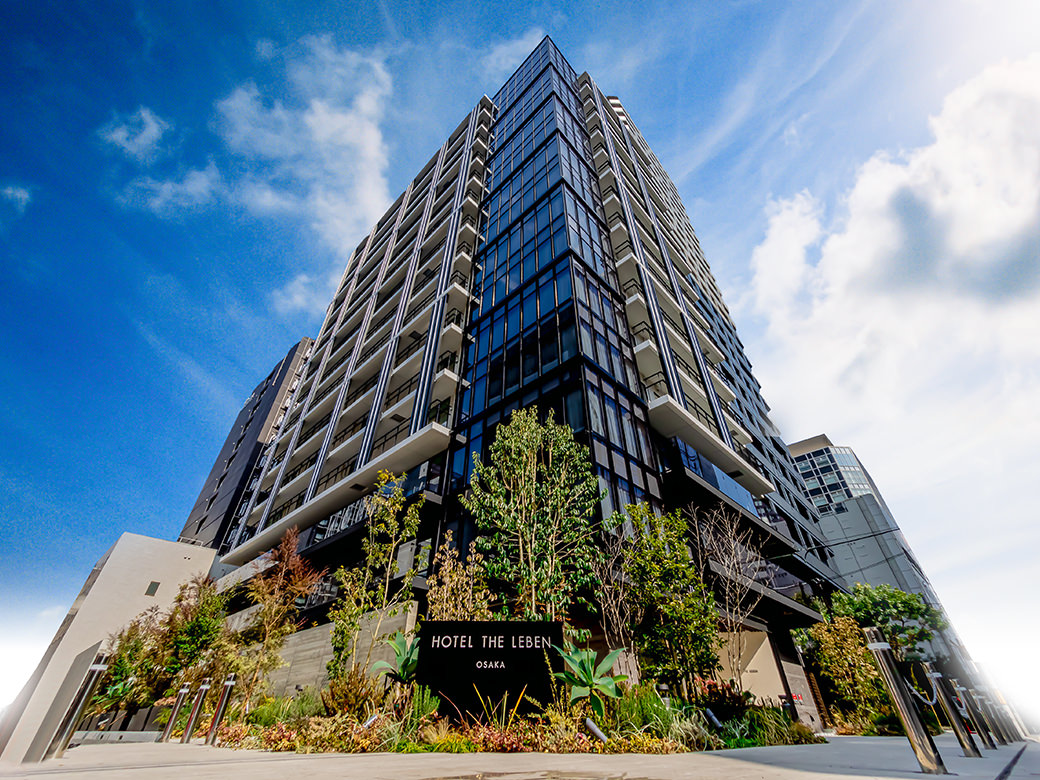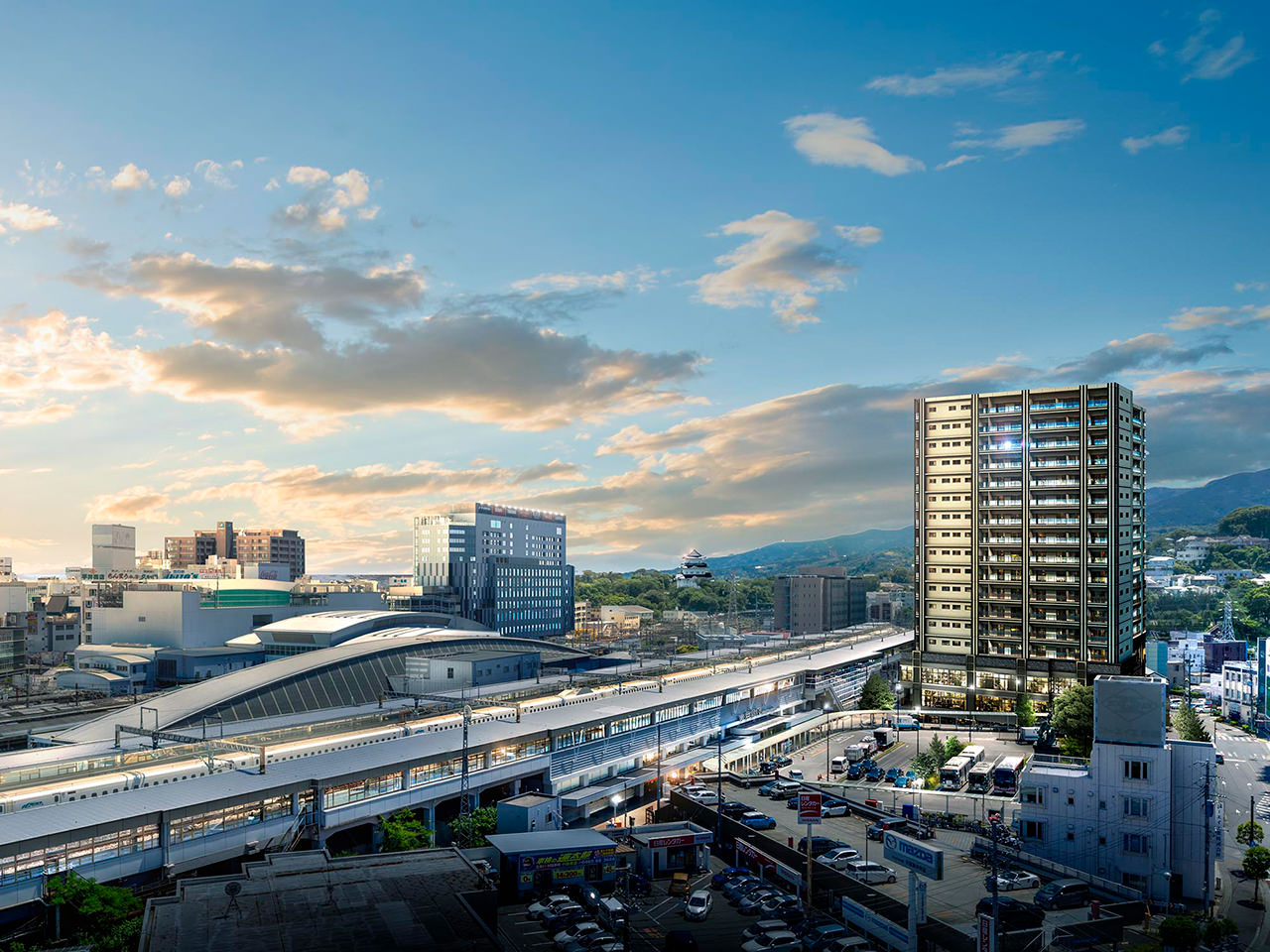2
2023.12.1
Asset Management
#City development#Finance#Sightseeing
I want to liven up Awaji Island.
Creating an information dissemination hub that will please everyone involved.

Messenger

KT
- Company / Department
- Takara Asset Management Co., Ltd.
Private Funds Department
Structured Finance Department
Project
Could you please give us an overview of this project?
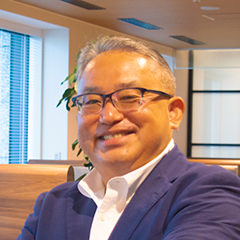 I have been involved in the development and operational support of AQUAIGNIS AWAJISHIMA, a complex natural hot spring resort that opened on Awajishima Island in Hyogo Prefecture. As an asset manager, I am responsible for raising business funds from local stakeholders and financial institutions and managing operations. Although the operation of the resort itself is handled by another company, we contribute to improving the value of the facility by sharing ideas with the operating company.
I have been involved in the development and operational support of AQUAIGNIS AWAJISHIMA, a complex natural hot spring resort that opened on Awajishima Island in Hyogo Prefecture. As an asset manager, I am responsible for raising business funds from local stakeholders and financial institutions and managing operations. Although the operation of the resort itself is handled by another company, we contribute to improving the value of the facility by sharing ideas with the operating company.
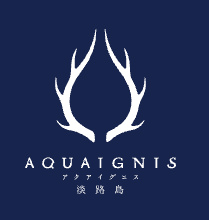
What kind of facility is AQUAIGNIS AWAJISHIMA?
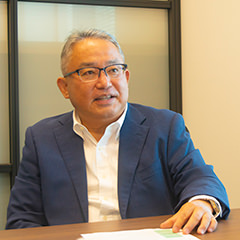 This facility allows you to fully enjoy the charms of Awaji Island, including hot springs overlooking Osaka Bay and restaurants using locally produced ingredients. There are also places to stay overnight in your car, bicycle rentals, and a spa.
This facility allows you to fully enjoy the charms of Awaji Island, including hot springs overlooking Osaka Bay and restaurants using locally produced ingredients. There are also places to stay overnight in your car, bicycle rentals, and a spa.
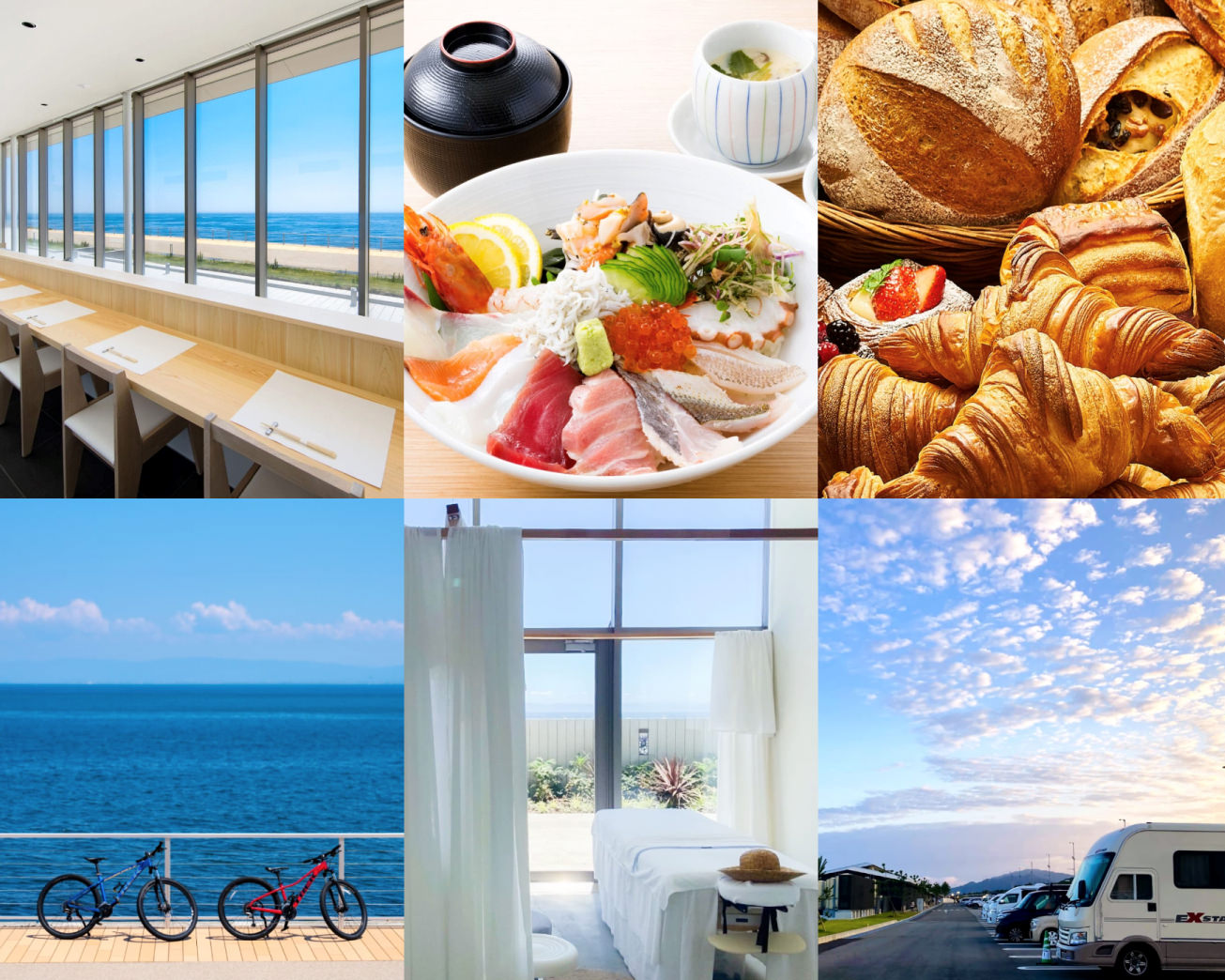
What is unique and significant about this project?
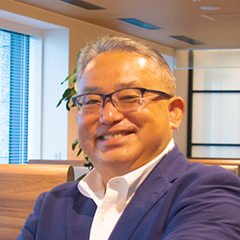 This facility is located in the "Awajishima Akashi Kaikyo National Park" and is the first in Japan to be certified as a "National Park Park-PFI Project." Park-PFI is the abbreviation for the "Public Offering Installation and Management System," a new method of development and management of urban parks in which private businesses are selected through public offering and their funds and know-how are utilized. This system made it possible to attract commercial facilities to land owned by the government, which made the opening of AQUAIGNIS AWAJISHIMA possible. In other words, it can be said to be a project in which the government and the private sector work together to support the revitalization of Awaji Island. Although it was by no means a large project for asset management, we feel that it is very significant that we were the first in Japan to receive this certification. In addition, as a holding company, we aim to "revitalize regions all over Japan," and we hope that this model case will serve as a guideline for business activities in various regions.
This facility is located in the "Awajishima Akashi Kaikyo National Park" and is the first in Japan to be certified as a "National Park Park-PFI Project." Park-PFI is the abbreviation for the "Public Offering Installation and Management System," a new method of development and management of urban parks in which private businesses are selected through public offering and their funds and know-how are utilized. This system made it possible to attract commercial facilities to land owned by the government, which made the opening of AQUAIGNIS AWAJISHIMA possible. In other words, it can be said to be a project in which the government and the private sector work together to support the revitalization of Awaji Island. Although it was by no means a large project for asset management, we feel that it is very significant that we were the first in Japan to receive this certification. In addition, as a holding company, we aim to "revitalize regions all over Japan," and we hope that this model case will serve as a guideline for business activities in various regions.
*See the Ministry of Land, Infrastructure, Transport and Tourism Kinki Regional Development Bureau press release dated November 20, 2020
Points
How many visitors have attended and what has been their reaction?
 We opened in July 2022, but at the time the impact of the COVID-19 pandemic was strong, and the number of visitors did not increase as much as we had hoped. In addition, although there are facilities such as hot springs and restaurants within the resort, we were unable to create a sense of unity between them, making it difficult to create a synergistic effect. Furthermore, as we continued to operate, we discovered the issue that customer needs and the services provided were not aligned. For example, the restaurants were focused on quality, and as a result, they were mainly in the high price range, making them a place that was difficult to enter, especially for local people. Based on these reflections, we are currently working on improvements such as increasing media exposure and reviewing services and tenants, and the number of customers is gradually increasing. It is purely joyful to see the happy faces of the local people, related companies, and others around us.
We opened in July 2022, but at the time the impact of the COVID-19 pandemic was strong, and the number of visitors did not increase as much as we had hoped. In addition, although there are facilities such as hot springs and restaurants within the resort, we were unable to create a sense of unity between them, making it difficult to create a synergistic effect. Furthermore, as we continued to operate, we discovered the issue that customer needs and the services provided were not aligned. For example, the restaurants were focused on quality, and as a result, they were mainly in the high price range, making them a place that was difficult to enter, especially for local people. Based on these reflections, we are currently working on improvements such as increasing media exposure and reviewing services and tenants, and the number of customers is gradually increasing. It is purely joyful to see the happy faces of the local people, related companies, and others around us.
Have you ever had a failure or struggled, and how did you overcome it?
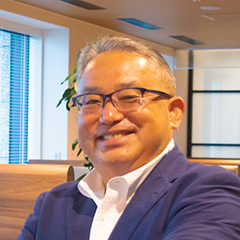 Although we were able to attract a world-renowned bakery, there was a bakery run by a local resident nearby, so we ended up competing with the local resident. It is important to create a buzz in order to enliven Awaji Island, but it is meaningless if it has a negative effect on the local people. Reflecting on our lack of consideration, we have become more conscious of coexistence and symbiosis with the local people.
Although we were able to attract a world-renowned bakery, there was a bakery run by a local resident nearby, so we ended up competing with the local resident. It is important to create a buzz in order to enliven Awaji Island, but it is meaningless if it has a negative effect on the local people. Reflecting on our lack of consideration, we have become more conscious of coexistence and symbiosis with the local people.
If I had to mention one difficult episode, it would be about accommodation. There were requests from customers that "it would be great to have accommodation," but because it is a national park, development itself was a no-go. However, after continuing negotiations with the government after the opening and conducting multiple trials, we were finally able to make it possible to sleep in one's car. Because this is an unprecedented project, a "National Park-PFI Project," there were many difficulties in making it a reality, but I believe that this is where AQUAIGNIS AWAJISHIMA 's hidden potential lies.
What thoughts and attitudes have you held dear throughout this project?
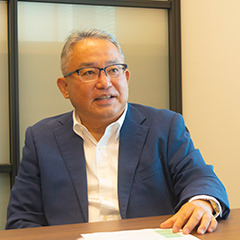 Above all else, I have always valued the idea of "contributing to the revitalization of the Awaji Island region." I've often come to Awaji Island and have some good friends there, so I've always had a strong desire to enliven the place. And this time, the people who invested and provided financing were connected to this project and Awaji Island, and they had a strong desire to "contribute to their hometown" and "let many people know about the charms of Awaji Island." Hearing the thoughts of these people and receiving their important funds has only strengthened my own desire to "enliven Awaji Island," and it has also given me the energy to push the project forward.
Above all else, I have always valued the idea of "contributing to the revitalization of the Awaji Island region." I've often come to Awaji Island and have some good friends there, so I've always had a strong desire to enliven the place. And this time, the people who invested and provided financing were connected to this project and Awaji Island, and they had a strong desire to "contribute to their hometown" and "let many people know about the charms of Awaji Island." Hearing the thoughts of these people and receiving their important funds has only strengthened my own desire to "enliven Awaji Island," and it has also given me the energy to push the project forward.
Currently, the resort is contributing to revitalizing the local area by employing local people and using locally produced ingredients.
What are the future prospects for AQUAIGNIS AWAJISHIMA?
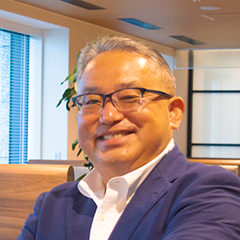 I would like to establish a position as a base for spreading the charms of Awaji Island. It is not enough to just think about ourselves, but ideally we should promote the people involved and the whole of Awaji Island. I would like to increase the number of people who fall in love with Awaji Island by creating a flow that encourages people to stop by various tourist spots on the island and enjoy Awaji Island's specialties from this place.
I would like to establish a position as a base for spreading the charms of Awaji Island. It is not enough to just think about ourselves, but ideally we should promote the people involved and the whole of Awaji Island. I would like to increase the number of people who fall in love with Awaji Island by creating a flow that encourages people to stop by various tourist spots on the island and enjoy Awaji Island's specialties from this place.
What would you like to challenge yourself with in the future?
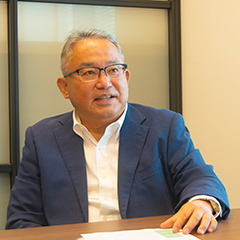 I would like to use this experience to work on regional revitalization in various parts of Japan. There is a lot of talk about the overconcentration of resources in Japan, but I believe that there are many attractions and opportunities in the regions. Like this project, we can raise investments from people who want to contribute to the region, create facilities that allow people to fully experience the charm of the region, create jobs, and return profits to the region and investors. I would like to build such ecosystems in various regions and use them to revitalize those regions and Japan as a whole.
I would like to use this experience to work on regional revitalization in various parts of Japan. There is a lot of talk about the overconcentration of resources in Japan, but I believe that there are many attractions and opportunities in the regions. Like this project, we can raise investments from people who want to contribute to the region, create facilities that allow people to fully experience the charm of the region, create jobs, and return profits to the region and investors. I would like to build such ecosystems in various regions and use them to revitalize those regions and Japan as a whole.
"To design sustainable environments for a happier future for both people and our planet." What does this mean?
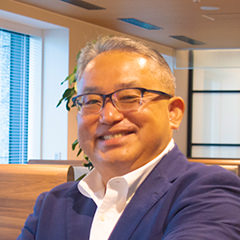 By matching people who want to contribute to the local community with facilities that bring out the charm of the region, we aim to achieve "regional revitalization" that benefits everyone involved.
By matching people who want to contribute to the local community with facilities that bring out the charm of the region, we aim to achieve "regional revitalization" that benefits everyone involved.
